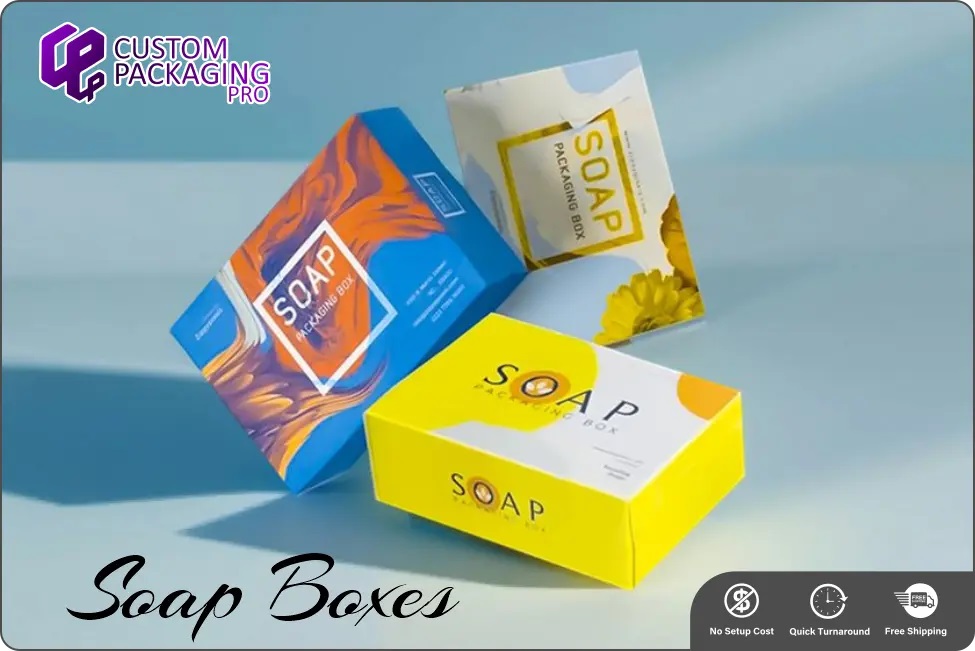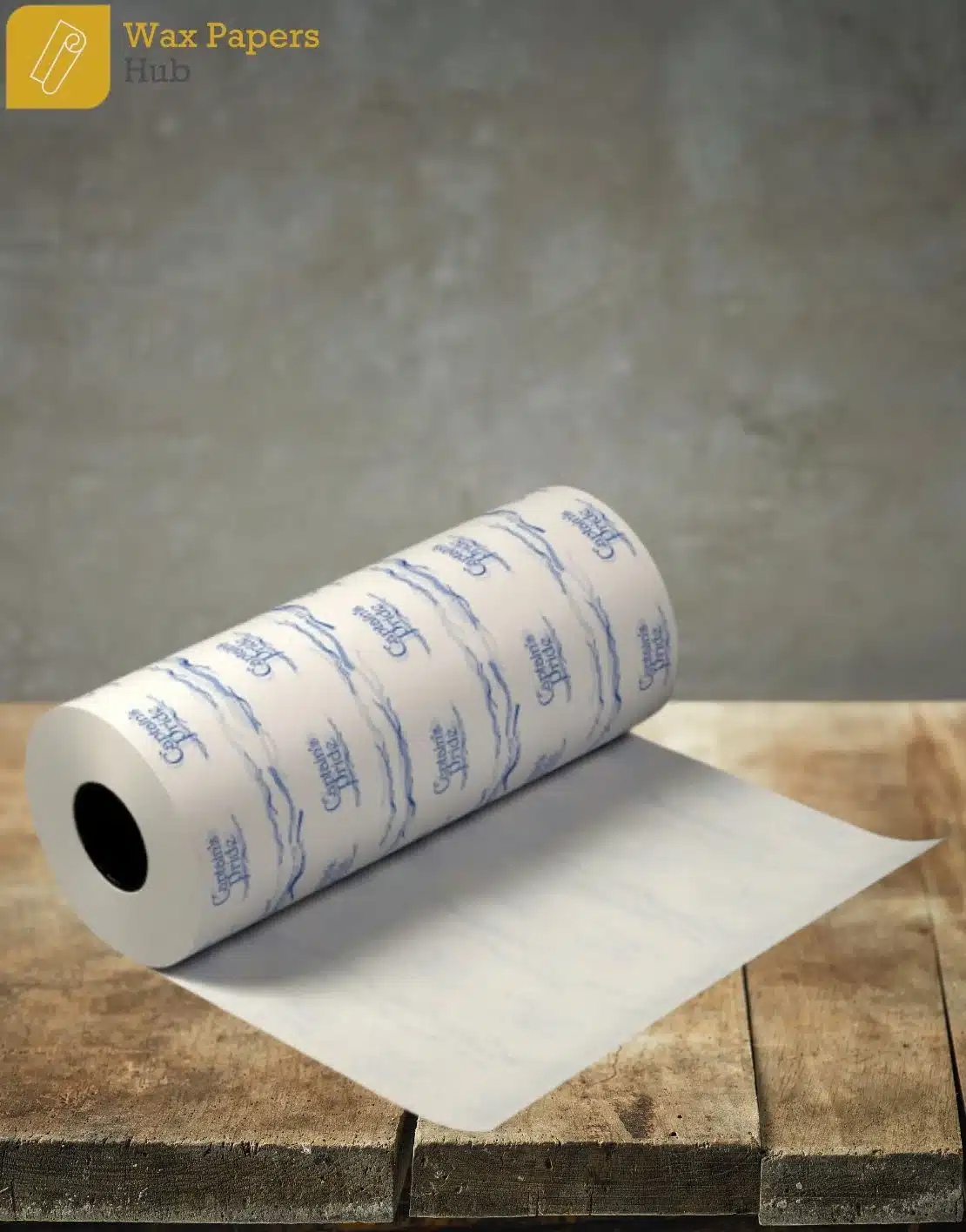In today’s globalized world, multicultural weddings are a beautiful and cherished celebration of two cultures coming together. Designing an engagement invitation template for such an occasion is not just about announcing the wedding but also showcasing respect and harmony between both heritages. Let’s dive into how to design an invitation that reflects a true cultural fusion.
Why Engagement Invitations Matter in Multicultural Weddings
An engagement invitation is more than an announcement; it’s the first glimpse guests have into the theme of the wedding. For multicultural weddings, it’s especially important to communicate the unity of cultures and honor the traditions of both families. An invitation thoughtfully designed to celebrate both backgrounds not only sets the tone for the event but shows respect and inclusivity.
Understanding Cultural Elements in Invitation Design
Each culture brings a rich variety of symbols, colors, and design elements that can make an invitation special. For instance, Indian designs may feature paisleys and mandalas, symbolizing unity and eternity, while Japanese invitations might include cherry blossoms, representing beauty and life. When fusing two cultures, research the common visual motifs and their meanings to craft a design that represents each side thoughtfully.
Blending Cultural Aesthetics Seamlessly
Blending aesthetics without clashing styles can be challenging. One way to do this is by identifying complementary aspects of each culture. If one culture favors intricate patterns and the other simpler designs, consider a balanced layout that harmonizes these aspects. Mixing ornate borders with minimalistic text layouts can create a sophisticated look that celebrates both cultures.
Choosing the Right Colors and Patterns
Color has different meanings across cultures, and understanding these is essential. Red, for instance, is auspicious in Indian and Chinese cultures, symbolizing happiness and good fortune. In Western cultures, it may represent passion or love. Choose colors that have positive significance for both sides, and experiment with patterns that can be woven together without overshadowing each other.
Incorporating Language and Text
Language is a key part of cultural expression. In multicultural weddings, including both languages (if they differ) can be a meaningful touch. Bilingual or multilingual invitations show respect for both families and add an authentic touch. Consider using prominent headers in each language, ensuring they are legible and balanced on the card.
Symbolic Icons and Imagery
Symbols are powerful tools in design, especially in multicultural wedding invitations. You could incorporate traditional symbols from each culture — like lotus flowers for Indian themes or cranes in East Asian designs — to create a unique fusion. By using these symbols, you’re not just enhancing the invitation visually but embedding cultural heritage into the design.
Customizing Envelopes and Invitation Details
Small touches make a big difference. Consider decorating envelopes with culturally inspired patterns or symbols, like using wax seals with a family crest or meaningful emblem. These details add an element of surprise and show guests that each part of the invitation was designed with thoughtfulness and respect.
Using Fonts and Typography to Represent Cultures
Typography can make a statement without saying a word. Some cultures have distinctive calligraphy or fonts that convey a cultural essence. Choose fonts that reflect the invitation’s overall theme, while ensuring readability. Mixing two typography styles—one that represents each culture—can add a sophisticated layer of cultural detail to the design.
The Role of Calligraphy and Handcrafted Touches
Handwritten calligraphy or artisanal touches give a sense of authenticity and warmth. Some cultures have unique calligraphy styles that can be incorporated for names or specific sections of the invitation. Adding a hand-painted emblem or a few brushstrokes of a traditional pattern can bring a meaningful, handmade feel to the invitation.
Eco-Friendly and Sustainable Invitations
Many couples are choosing eco-friendly invitations, which align with the values of respect and care for the environment, a growing consideration in both Eastern and Western wedding cultures. Using recycled paper, biodegradable ink, or even plantable seed paper can reflect a commitment to sustainability and resonate with guests.
Digital Invitations and Modern Fusion
Digital invitations are growing in popularity, especially for multicultural couples with international families. Digital invites allow for easy translation and can feature interactive elements like videos or animated symbols. This approach brings a modern twist to tradition, making it easy for all guests to feel included, no matter where they are in the world.
Adding Personal Stories and Elements
Personalization can make the invitation feel even more special. A brief section about the couple’s journey and their multicultural backgrounds adds a personal touch. Sharing the story of how the two cultures came together and what elements each partner brings to the union can create an emotional connection for the guests.
Working with a Designer for Cultural Sensitivity
Hiring a designer who understands multicultural weddings is key. Such designers are not only skilled in blending aesthetics but also in cultural sensitivity. Communication is crucial; explain the importance of certain elements and symbols to ensure they’re represented accurately. A culturally aware designer will help create a respectful and cohesive invitation.
Conclusion: Celebrating Love through Cultural Fusion
Creating an engagement invitation cards for a multicultural wedding is about more than combining styles; it’s about honoring the traditions and values of both families. A thoughtfully designed invitation that represents both cultures can be a beautiful start to a lifetime of shared traditions, mutual respect, and cultural appreciation.



